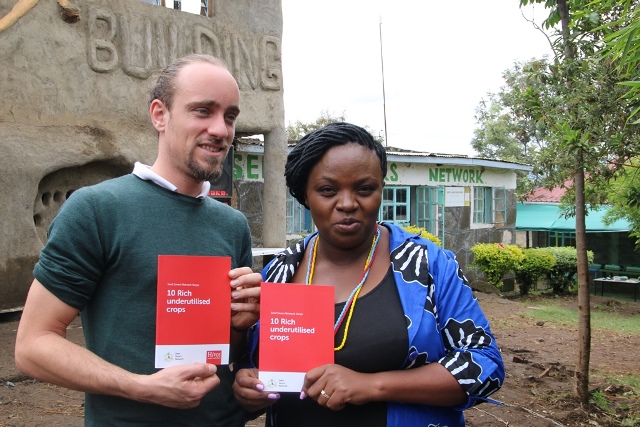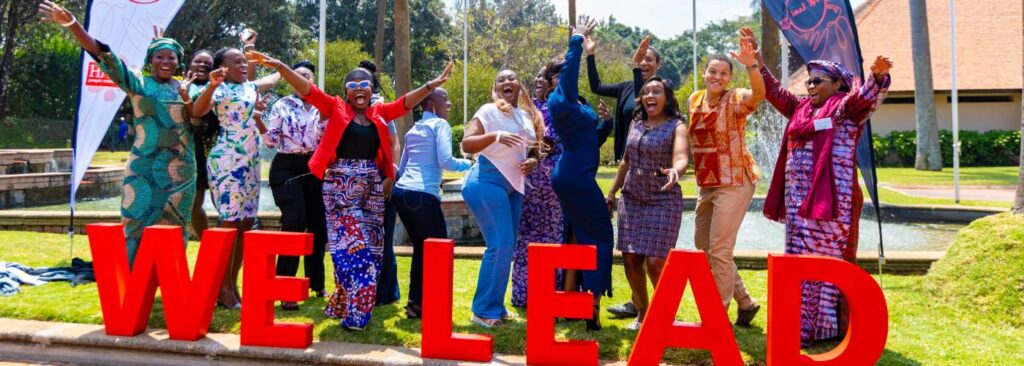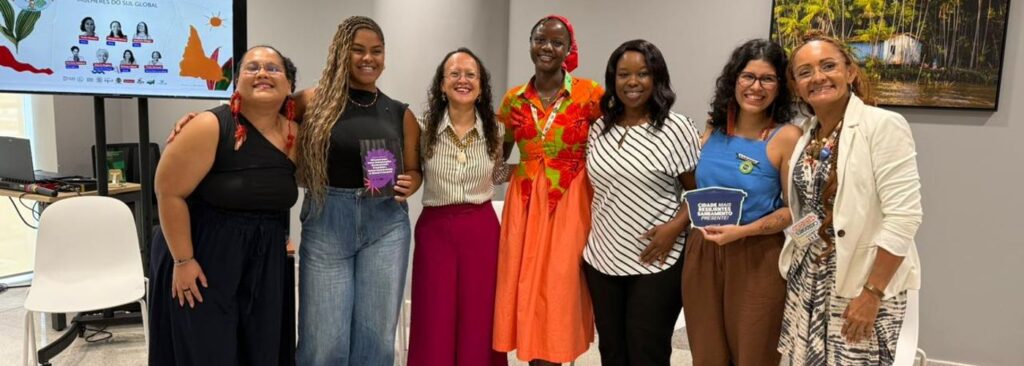Over the last two years, Seed Savers Network a social enterprise dedicated to improving seed access and agro-biodiversity conservation in partnership with Hivos East Africa has been researching and documenting crops that are under-utilised in Kenya.
After months of research, documentation and analysis the findings from farmers’ as well as nutritionists were documented in a book and documentary titled 10 Rich, Underutilized Crops which were launched on Saturday, 30 November 2019 in Nakuru County.
The research involved gathering indigenous knowledge about the crops from growing to utilisation, benefits and even seed preservation and nutritional analysis in a laboratory.
This was done under the Open Source Seeds Systems program whose aim is to increase the availability of nutritious and climate-resilient seeds and to ensure farmers have freedom of choice by preventing exclusive or monopolistic rights on knowledge and genetic resources for food and agriculture.

The results showed that yellow maize, pumpkin, cherry tomato, gooseberries, Dolichos beans, common beans, black nightshade, red millet, red sorghum and red cowpeas are nutritionally rich, climate-resilient and sustainable but underutilized.
Nout van der Vaart, Hivos Advocacy Officer Sustainable Foods recognized the efforts of Seeds Savers network in documenting the 10 underutilized crops.
“Based on their nutritional value and their resilience to changing weather and climatic conditions, the crops should be produced and marketed on a bigger, more commercial scale by the farmer communities,”Nout said
Nout also asked governments, private sector actors, breeders, farmers and other stakeholders to work towards a legal framework and seed system that allows farmer varieties to be protected from privatization.
During the launch, Mr Daniel Wanjama, Seed Savers Network Coordinator said that food security is advanced through seed security.
“Indigenous seeds are sustainable and can withstand harsh weather conditions and with open-source seed systems we have an opportunity of improving biodiversity and food security in Kenya,” he said.
The participants also got a chance to enjoy the delicacies of the documented crops as proof of the burden.

Additionally, to preserve these underutilized crops, Seed Savers Network also launched the first seed bank in the region. The bank, a two-storey building made from locally available material; cow dung, bottles, used tires, hay, sacks among others will be used as a storage facility and a safe place for seeds.

Seeds Savers also intends to train farmers on how to construct and manage community seed banks where farmers can access seeds easily.
The bank was opened by Dr Nyamongo, the Director, Genetic Resource Research Institute (GERRI) who insisted on the need to preserve indigenous crops for future generations.
“Indigenous knowledge should be documented and policies to own the seeds should be made clear and beneficial to farmers,” Dr Nyamongo said.

Nout van der Vaart similarly acknowledged the importance of farmer-managed seed systems.
“Hivos wants to protect farmer varieties- seeds freely saved, used, reused, exchanged and sold by smallholder farmers from being exclusively owned, from being privatized,” Nout concluded.
To culminate the day, participants planted indigenous crops on the Seed Savers Gene bank as a symbol of their commitment to preserving and utilizing the crops.

The documentary highlighting the documentation of the 10 rich, underutilized crops by Seed Savers and farmers in Gilgil, Nakuru County, Kenya.




